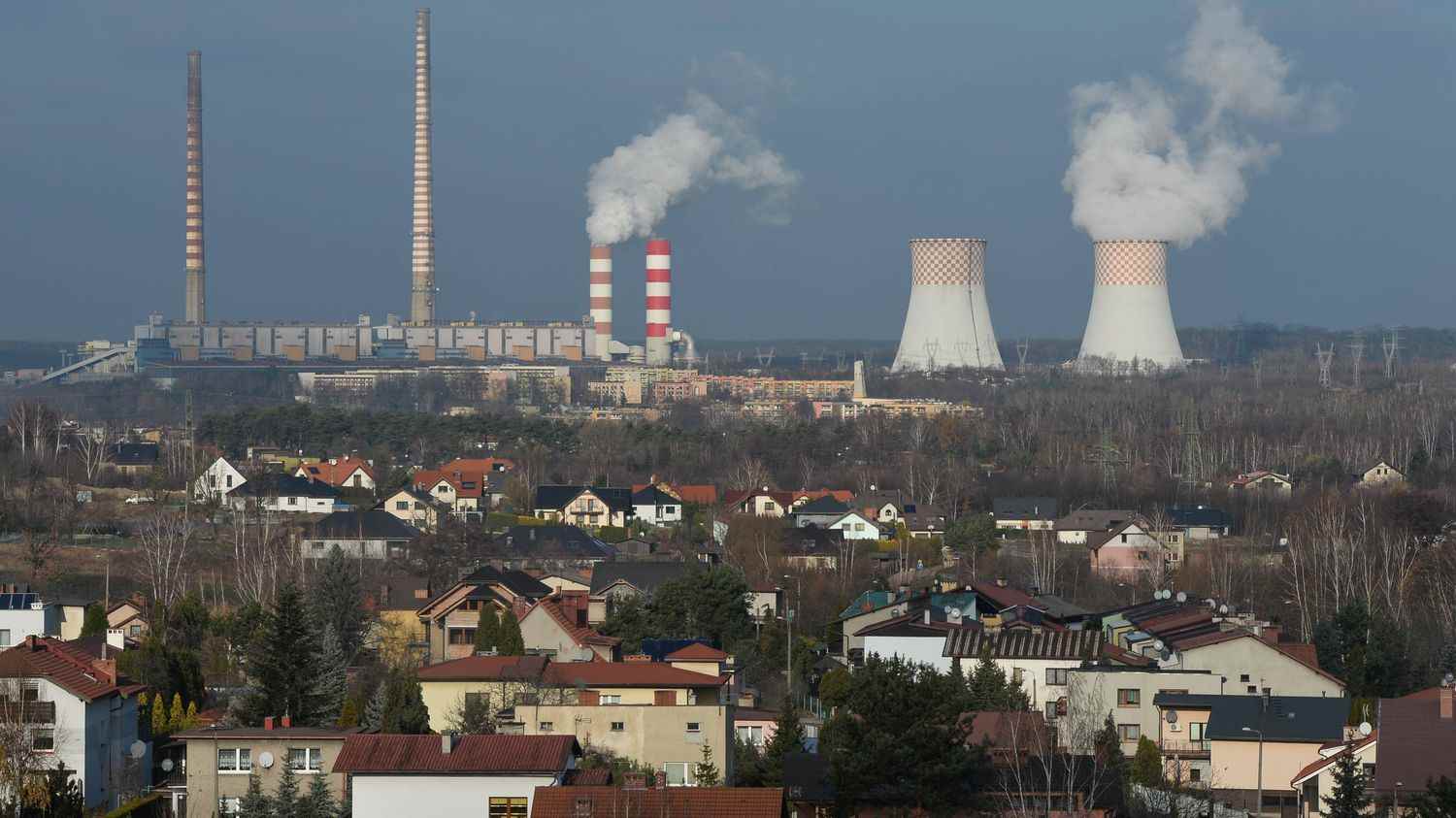The war in Ukraine has reopened some coal-fired power plants in Europe. Faced with falling Russian gas deliveries, Germany announced in particular an increased use of coal. This fossil fuel is however the biggest emitter of greenhouse gases, but the question of its use arises in many European countries. Direction the Netherlands, Austria and Poland.
The Netherlands increases the production of coal-fired power plants
The Netherlands is one of the European countries that has decided to follow the green light from the European Commission and at least temporarily derail its climate targets. The government has just authorized the increase in the production of coal-fired power stations after the end of deliveries from Gazprom. The Dutch supplier GasTerra refused to pay Gazprom in rubles and the expected reaction was immediate, the Russian gas tap was cut off for the Netherlands.
The Batavian government has therefore decided to lift the restrictions for coal-fired power plants. They were prohibited from operating at more than 35% of their capacity, this restriction is now lifted. However, it only dated from January 1 of this year 2022. The Minister of Energy and the Environment Rob Jetten had himself proudly photographed in 2019 in front of the Hemwegen coal-fired power station being closed and it is he who had to announce the lifting of restrictions on coal. He claims that there is no acute gas shortage at the moment in the Netherlands but he also announces a so-called level 1 gas crisis or early warning
It must be said that the Netherlands are very dependent on gas in their energy consumption and that they are also considering ways of diversifying. Final energy consumption is estimated at 58% gas, 16% coal and 18% renewables. Today the gas reserves would be around half of the storage capacities. This is low compared to the European average but sufficient to meet demand, it is said in the country, especially since consumption has fallen with the surge in prices. But the Netherlands has two other fallback solutions. First, the continued exploitation of the Groningen gas field, in Friesland, an exploitation which had to be stopped due to the landslides suffered by the inhabitants of the region. And then the government coalition agreement plans to triple nuclear capacity with the construction of two new power plants in the Netherlands.
Austria to restart its last coal-fired power plant
Austria has announced that it will reactivate a coal-fired power station to make up for a possible shortage of Russian gas. This power station, located in Mellach, in the south of the country, was the last coal-fired power station in Austria. It had been closed in the spring of 2020 as part of the government’s goal of achieving 100% green electricity by 2030. But the war in Ukraine changed everything. Austria imports 80% of its gas from Russia, a dependency that the government must now reduce. In this sense, he presented a first plan last month but had to go further given the urgency of the situation. Like other countries, Austria is now faced with the decrease in Russian gas deliveries, which is why the decision to reactivate this plant has finally been imposed.
A decision taken by a government which is made up of conservatives but also environmentalists. It is indeed for the Greens a decision against nature. The Ecologist Minister for the Environment, Leonore Gewessler, however, insists on one point: this plant will only produce electricity in the event of an emergency. “I had happily placed our last piece of coal in a museumsays the Minister, but now we have to supply ourselves with coal again in order to have, in case of emergency, this additional power plant. It is a large plant which represents about 10% of the capacity of all fossil fuel plants in the country. At the same time, Austria is building up gas reserves. By mid-June, the country had already stored 39% of its annual consumption, i.e. a percentage higher than the European average.
The end of coal in Poland still scheduled for 2049
Warsaw announced a year ago decided to close its last coal mine in 2049. This date has not changed with the start of the war in Ukraine. On the other hand, the agreement concluded by the Polish government with the miners’ unions provides for a gradual closure of the mines and this is where there could be change. According to Deputy Prime Minister Jacek Sasin, it is necessary to extend the operating period of the mines supposed to close first. The first coal mine was to close in 2028, the next in 2029, then 2035 and 2037. These closures should therefore be postponed and the Polish government would even like to increase the operating capacity of some of these mines to meet the country’s needs, but also to export coal.
Poland has long been singled out for the exploitation of its coal. Warsaw is using the reversal of certain European countries in terms of energy policy as an argument to convince the European Union that energy security must come before European climate policy. The greatest reason for satisfaction for the Polish government is the suspension of the commissioning of the Nord Stream II gas pipeline between Russia and Germany. Warsaw has always been fiercely opposed to this project and Prime Minister Mateusz Morawiecki likes to repeat today that Poland was right not to become even more dependent on Russia. The most radical fringe of the ruling coalition in Poland even calls for extending coal mining well beyond 2049.
